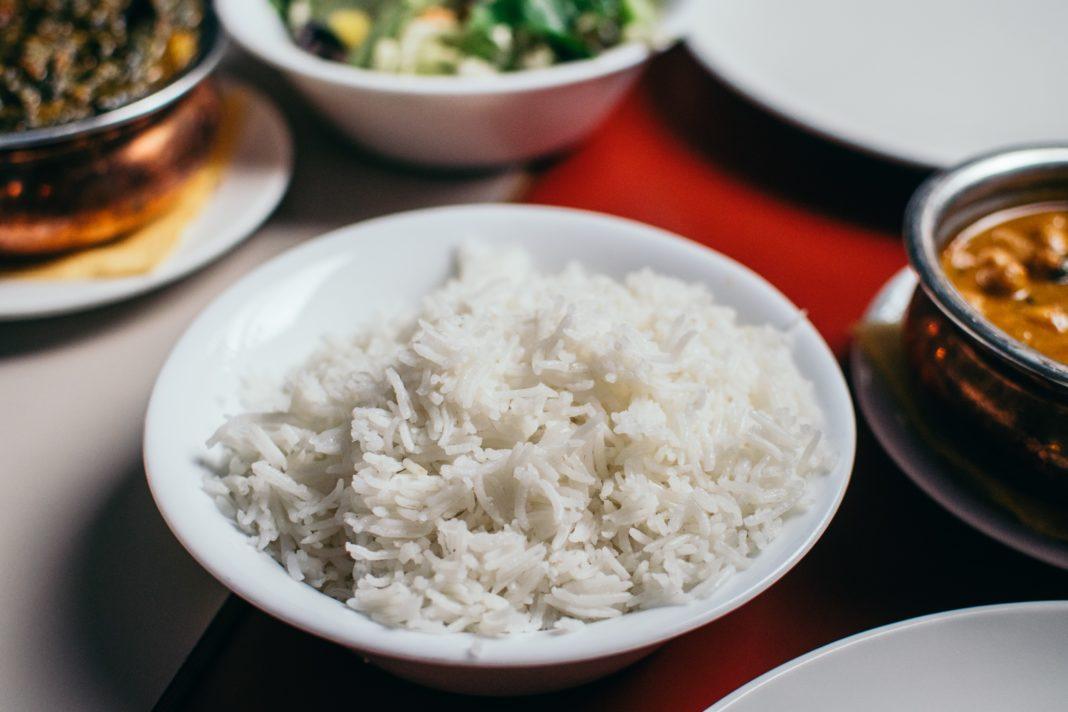Rice.
Some consider it a healthy diet staple.
Others consider it a food that’s actually not as good for you as most people say it is.
But what’s the truth?
Obviously, rice (at least in its pure form) is a healthy whole food option that’s at least a lot healthier than some processed food alternatives.
But exactly how healthy is rice as a standard, staple diet option?
In this post, you’re going to learn the answer.
Let’s dig into it.
White Rice Versus Brown Rice
The debate about how healthy rice truly is as a diet option really begins with the comparison between these two very popular types of rice.
See, brown and white rice are very similar.
The main difference between them is that white rice is processed, stripped of the bran and germ, and consists of only the part called the endosperm.
For this reason, many health communities view white rice as less healthy than brown rice.
Brown rice is basically the same as white rice—except that when you buy brown rice, you’re actually getting the entire rice grain.
It contains not only the endosperm, but also the fiber rich bran and the nutrient rich germ.
And perhaps most importantly, it hasn’t been processed like white rice.
Does This Mean That White Rice Is Bad For You?
White rice is actually processed—not only to improve taste, but to extend shelf life.
But in the United States and many other countries, there are also a lot of nutrients that get added to it.
For example: iron, folic acid, niacin, thiamin, and other vitamins are usually added to white rice to make it a more nutritional option.
But still, this begs the question:
In this case, is it really worth eating?
Isn’t having the nutrients removed through processing, and then putting nutrients back in after processing, going to result in a food that’s simply less healthy than if you were to eat it in its natural brown state to begin with?
At the end of the day, this assessment seems to be true.
Some studies have shown that people who eat large amounts of white rice on a regular basis, for example, have a much higher risk for developing metabolic syndrome.
It’s also true that people who eat a lot of white rice have a higher risk for developing type 2 diabetes than those who eat less of it.
This is contrasted by studies that show the opposite with brown rice.
Research actually concludes that higher intakes of brown rice are linked to significantly lower type 2 diabetes risk.
In Conclusion: Should We Stop Eating White Rice?
At the end of the day, there are certainly worse food choice options than white rice.
But if you have the option to choose between white rice or brown rice, brown rice is most definitely the healthier option.
It’s less processed and contains more of the nutrients that make rice good for you.
It also just simply poses a much lower risk for health complications down the road.
Brown rice also contains a wider variety of natural vitamins, minerals, plant based compounds, and essential amino acids.
According to experts, white rice is fine to enjoy in moderation. But if you’re going to make rice in-general a staple of your daily diet, brown rice is probably the better way to go.







